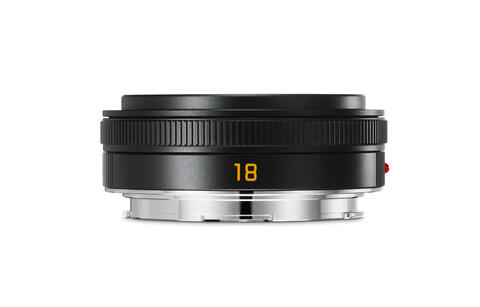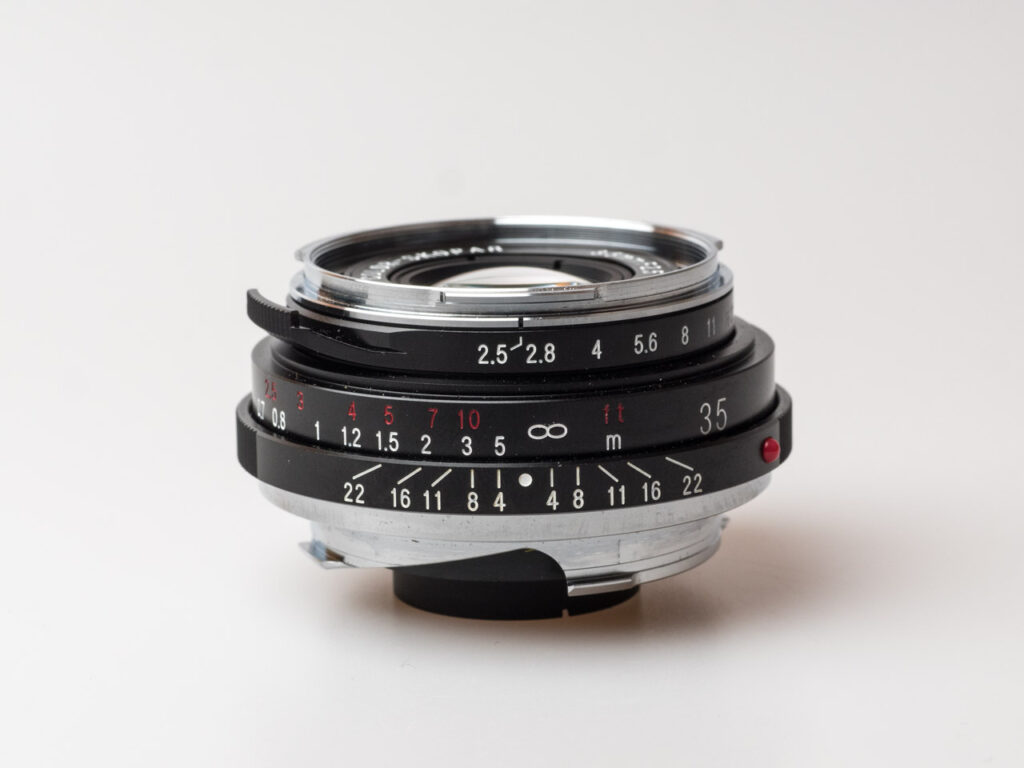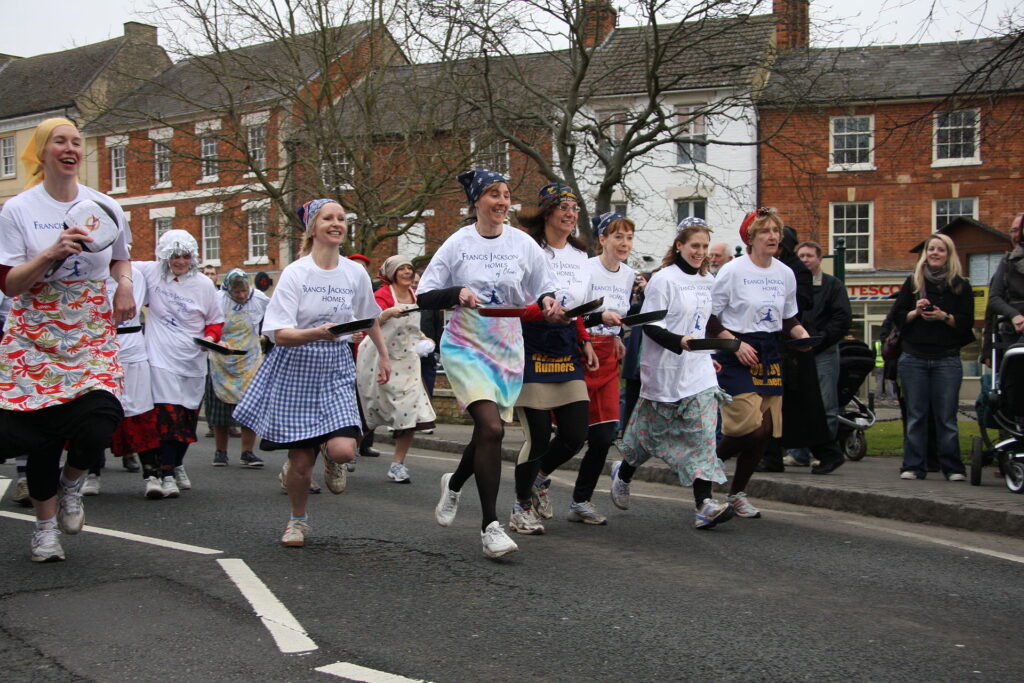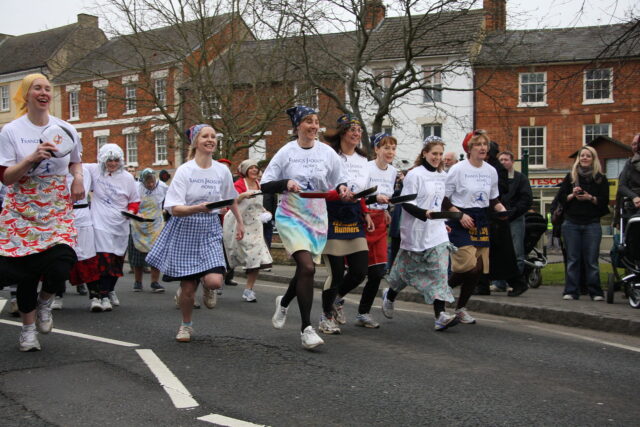Are you rummaging around in the kitchen cupboards looking for last year’s powdered pancake mix? If you live in Britain, this might well be the case because, of course, today is Pancake Day. Or, Shrove Tuesday, to be more precise. If you’re of a religious persuasion, it’s your last opportunity to stock up on guilty treats before Lent strikes tomorrow morning. On this day, though, my thoughts are turning more to pancake lenses than pancake mixes.
Pancake lenses – past their sell-by date?

What better way to tantalise your pre-Lentian taste buds than a new lens for the old rangefinder? Sadly, true pancake lenses in the Leica firmament are as rare as hens’ teeth now that Leica has hung up its APS-C clogs. That neat little 18mm Elmarit-TL would have been just the ticket for your guilty pleasure.
All is not lost, however. The Leica-M world is awash with tiny lenses, even though, unlike that late-lamented Elmarit, they are not as ‘pancake flat’ as our favourite sugared treat. They’re all a bit craggy, but who could deny that the king of the pancake stack is Leica’s toylike 28 mm Summaron-M? It’s the smallest of the current M lenses, based as it is on an ancient design from the 1950s.
Personally, I’d choose from either Leica or Voigtländer when it comes to these tiny gems. But what are the six best pancake lenses for the Leica M system? Read this list here on the Red Dot Forum.

Pancake lenses tend to be wide angle and often quite slow (the Summaron has a maximum aperture of f/5.6…). But that makes them ideal for one of the M user’s greatest party tricks — zone focus. Massive depth of field reigns when you simply want to point the camera and press the shutter. It’s faster than the fastest autofocus, and with the right lens settings (let’s say, f/8 or f/11), almost everything is in focus when the scale is set to a meter or a couple of feet.
The race to use pancake lenses
In fact, pancake lenses are the ideal way to photograph Pancake Races. This peculiar British tradition blends cooking prowess, sporting prowess, and hand-eye coordination. It’s a mouthwatering challenge for photographers, and you get extra brownie points if you capture that pancake mid-flip.

Pancake races might be the ultimate egalitarian ‘sporting event’. Whether you are a member of parliament, a gourmet chef, or just a fast runner with a taste for sweet and savoury fried food, this is a race for you. If you plan to attend one, don’t forget to pack your rangefinder and favourite pancake lens.
Have you ever flipped a pancake? Do you know the difference between a British pancake, an American pancake, and a crepe? Do you own a pancake lens? Please share your thoughts about this unique convergence of food and photography in the comments below.
Want to contribute an article to Macfilos? It’s easy. Just click the “Write for Us” button. We’ll help with the writing and guide you through the process.






I’ll go for Color Skopar and dosa.
The article reminded me to get out the Color Skopar. After playing with fast or long, I’d forgotten what a pleasant rendering the Voigtlander has.
As for dosa: my (north Indian) MD remarks “I don’t even try. You have to grow up with your mother making them.”
Though, take-out dosa did get us through the first eighteen months of COVID. We’d sit in the car, stuffing ourselves :). I suppose I should feel contrition for that, and yet I don’t!
I’ve flipped a few Indian pancakes (dosa) , though don’t do it often enough. My pancake of choice is Panasonic 20/1.7 on m43. There is no other pancake that is gives a great pop and sharp images for its size. Unfortunately the AF is not instantaneous in some cases and reminds me of fujil’s last generation of cameras 😇
A true pancake lens indeed, Mahash. With such miniature lens the M43 system makes best use of its architecture. And there are some nice litte bodies, too. In the end of the day, it’s the photographer who makes the image. If you have a camera that is so small that you love to carry it around wherever you go, you still have the best chances… JP
William, yes I do Ash Wednesday, but I am an Anglican. Most Protestants don’t do that.
I don’t like the funnel hood so much. I think Nikon just made that as a nod to the 45mm GN hood, which is similar. Instead I use the hood made for the 50mm f1.8 pancake lens, which is a reversible snap-on type. It won’t reverse unless a filter is on the lens (the lens is so flat, the hood hits the body).
Bill, good to see you on here. Both of those lenses need hoods. The 28mm Summicron which I have has a massive hood that needs a slot to see through the viewfinder with. The 35mm Summicron is my most used lens by far.
Martin, you may do Shrove Tuesday, but in Ireland we also do Ash Wednesday with a vengeance. Could you imagine an American President or a British PM standing up to speak on Ash Wednesday with a massive daub of ashes on their forehead? Our parliament has seen such sights.
I agree with you about the Nikkor 45mm f2.8 P pancake lens. I got one of them on an FM3A which came my way through someone’s estate sale. Again, you need the tiny little lens hood which comes with it to avoid fingers getting in the way. It looks for all the world like a reversed hood and a filter fits inside it. They go for a lot of money these days, nearly as much as I paid for the camera and lens together.
William
In the USA, we have inherited a few British traditions. We typically don’t have Pancake Day, but we do have a tradition to have pancake suppers on Shrove Tuesday. Of course the French influence gave us Mardi Gras in New Orleans.
Back to photography: I have owned several “pancake” lenses for my Nikons, including the 45mm f2.8 GN and the 50mm f1.8S (Japanese home market version). My current favorite is the 45mm f2.8P. It has been maligned by some as merely a boutique item, but I find it to be useful focal length, sharp, distortion-free, and actually a joy to use.
Another beautiful pancake lens was the Olympus Zuiko 40/2 for the analogue OM system, super small and very good. Rare as hen’s teeth now and outrageously expensive now.
The Leica 28mm Elmarit M and 35mm Summicron M, without the lens hood, are really small; they are my versions of a “pancake” size
The main problem with ‘Mardi Gras’ lenses is that you can get your fingers in the way very easily, even sometimes when you are using a hood. Some lenses these days are more ‘button’ than ‘pancake’ and you have to be even more careful with those. Mike may recall that some years ago he and I were in Wetzlar together at the LHSA/LSI AGM. The widest lens I had with me was a 24mm Elmar and I was going on to Heidelberg afterwards to see the castle etc. I had left my WATE at home, but when I got Heidelberg I spied a pancake style Voigtlander 21mm f4 in the window of a Leica dealer. I bought it and used it and found it to be excellent. It was one third the size and one fifth of the price of the equivalent Leica 21mm lens. Perhaps not as good as the WATE at 21mm, but much more compact, but, even with the tiny hood on it, you have to be careful about where you put your fingers. There is always a trade off with small things in photography, of course.
I had included the Voigtlander 21mm with M10 images from Heidelberg with my article on the 2018 Wetzlar meeting, but Editor Mike and I decided to cut down the size of the article and I never got around to doing a separate article with the images.
William
Thanks, William,
for mentioning the super small Voigtländer 21/4. It’s great little lens with colour drift to the margins as the only real downside (bad with the M240, better with the M10). But for film or b/w cameras a no brainer. However is interested can read in The M Files about a few very small “pancake” lenses:
Part 2: Voigtländer Color-Skopar 1:4/21
Part 6: Voigtländer Color-Skopar 1:2.5/35
Part 7: Leitz Wetzlar Summicron-C 1:2/40
Part 8: Minolta M-Rokkor 40mm 1:2
Part 4: Rollei Sonnar 1:2.8 f=40mm
A more user friendly navigator to all reviewed gear in The M Files is in the works…
JP